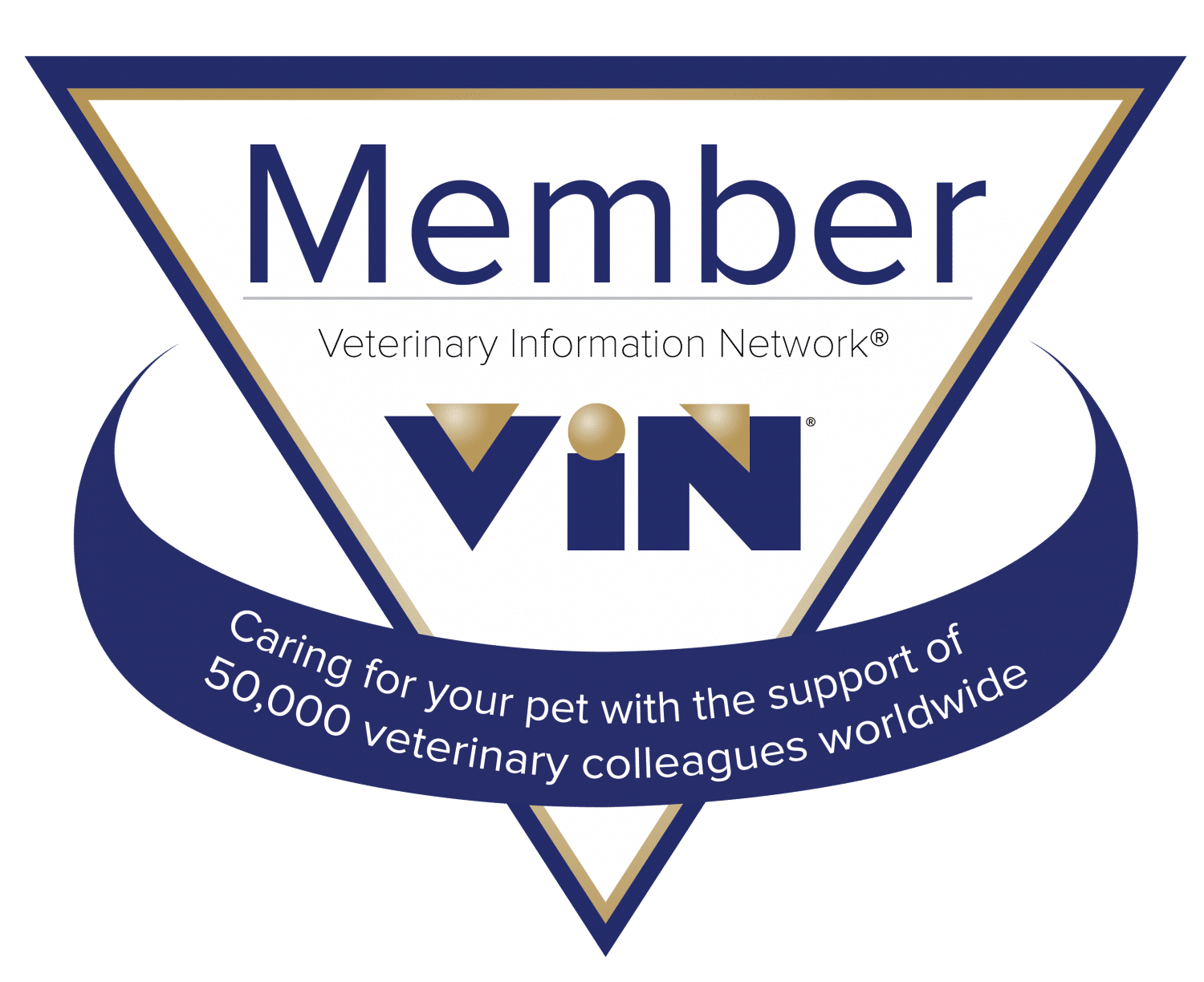 Since we’re mostly a dog and cat practice at KVC, it’s not every day that we see several horses. This picture is one you wouldn’t see every day, no matter how big a horsey practice you were in. Twin foals are quite the rare occurrence. Most mares pregnant with twins undergo spontaneous abortions. Valuable breeding mares with twin pregnancies are often aborted as a medical procedure. This is because twins that go to full term are rarely born alive and with no serious complications. It is not uncommon for both twins to die, and the mother may be lost as well. These foals are five days old. One is doing great, but the mother is not so happy about number two, and a lot of bottle feeding is going on to supplement her growth.
Since we’re mostly a dog and cat practice at KVC, it’s not every day that we see several horses. This picture is one you wouldn’t see every day, no matter how big a horsey practice you were in. Twin foals are quite the rare occurrence. Most mares pregnant with twins undergo spontaneous abortions. Valuable breeding mares with twin pregnancies are often aborted as a medical procedure. This is because twins that go to full term are rarely born alive and with no serious complications. It is not uncommon for both twins to die, and the mother may be lost as well. These foals are five days old. One is doing great, but the mother is not so happy about number two, and a lot of bottle feeding is going on to supplement her growth.
 Then, just as I’m getting ready to close shop and go to my C.A.S.A. training session, my brother’s favorite horse, "Janet", is found with a foot-long laceration across his chest. Fortunately, it’s not deep, it’s not dirty, it’s fresh, and (very important) no pieces are missing. The camera was low on battery, so no "before" picture (which would have been pretty gross anyway; there was a flap a foot long and six inches wide hanging down like an apron: lots of raw meat).
Then, just as I’m getting ready to close shop and go to my C.A.S.A. training session, my brother’s favorite horse, "Janet", is found with a foot-long laceration across his chest. Fortunately, it’s not deep, it’s not dirty, it’s fresh, and (very important) no pieces are missing. The camera was low on battery, so no "before" picture (which would have been pretty gross anyway; there was a flap a foot long and six inches wide hanging down like an apron: lots of raw meat).
 Here’s a close-up of my handiwork. There are big "tension sutures" about every 3 cm to pull the skin edges fairly close to one another without the stitch material cutting through the skin. Then I placed simple interrupted sutures about every 1cm to appose the skin edges nicely. The white thing at the bottom is a penrose drain, to let the tissue fluids out so the skin can stick down. Of course, we had lots of sedative, local anesthetic, and antibiotics and pain medicine to go home. Horses need pain control, too, just like the rest of our pets (and us).
Here’s a close-up of my handiwork. There are big "tension sutures" about every 3 cm to pull the skin edges fairly close to one another without the stitch material cutting through the skin. Then I placed simple interrupted sutures about every 1cm to appose the skin edges nicely. The white thing at the bottom is a penrose drain, to let the tissue fluids out so the skin can stick down. Of course, we had lots of sedative, local anesthetic, and antibiotics and pain medicine to go home. Horses need pain control, too, just like the rest of our pets (and us).


Do they know what caused the laceration?
I loved your article it has great information. I think you and your readers might be interested in another article I found about Horse’s and dry eyes.
You can visit the website at http://whatistheeye.wordpress.com